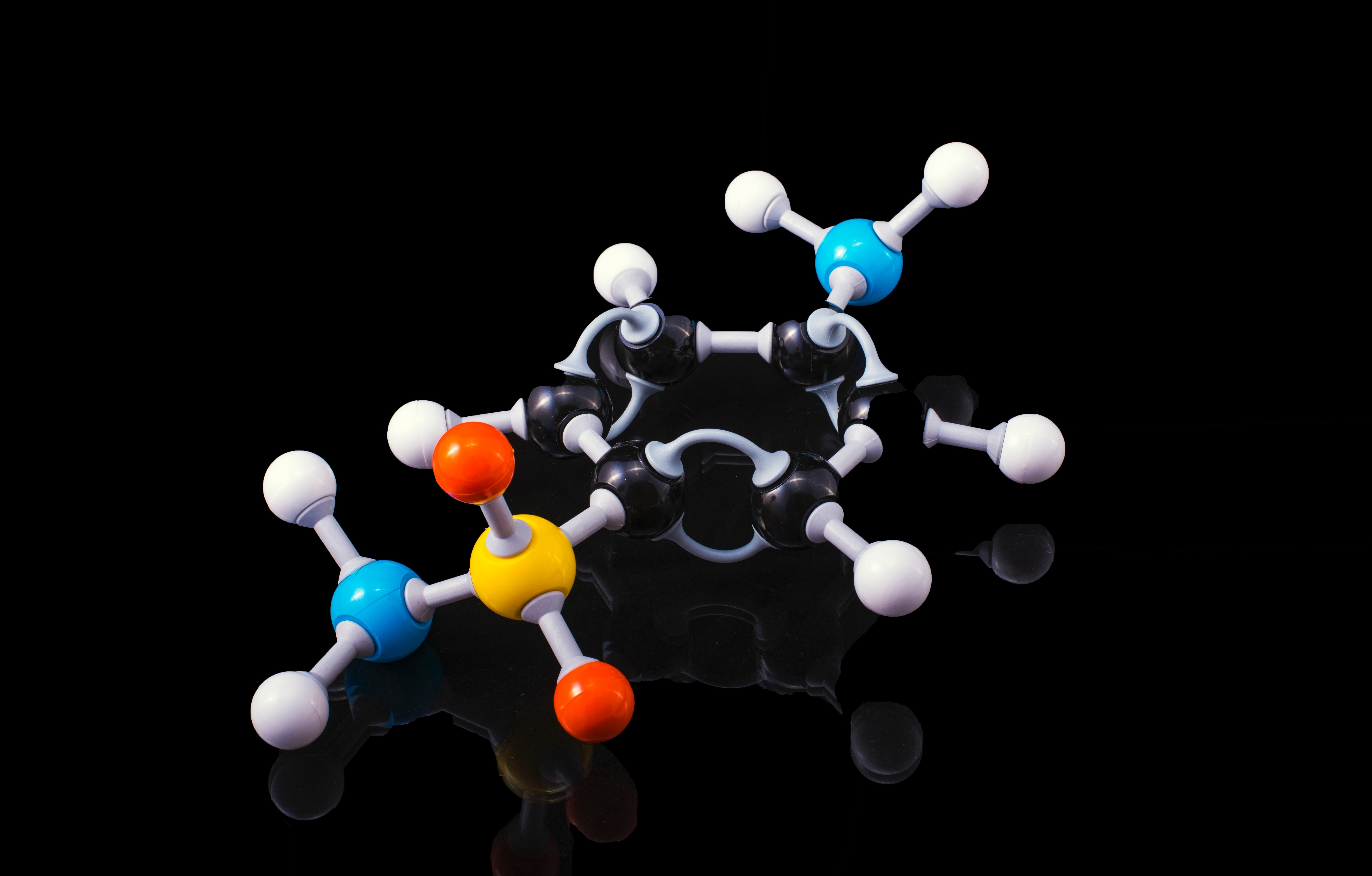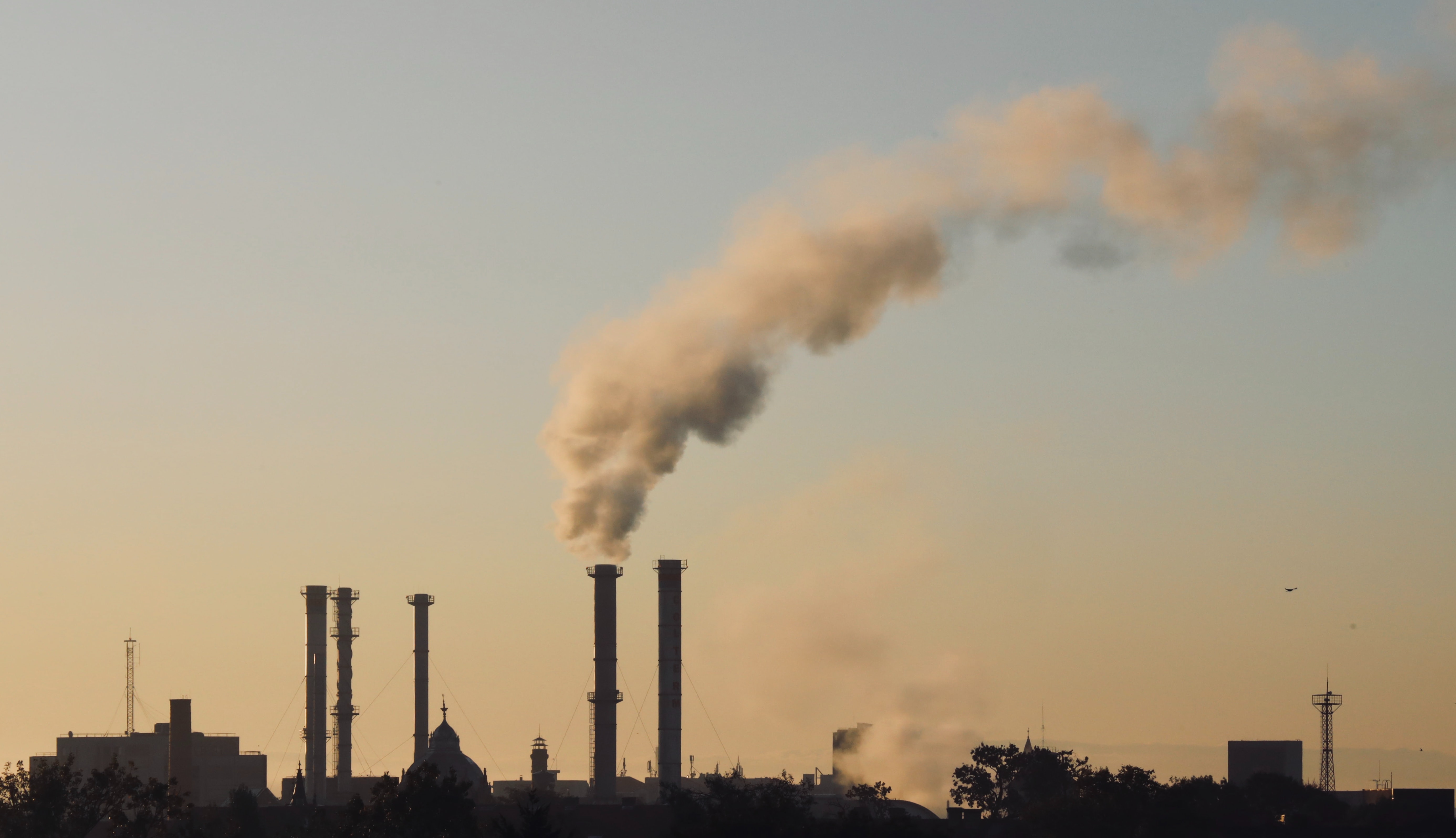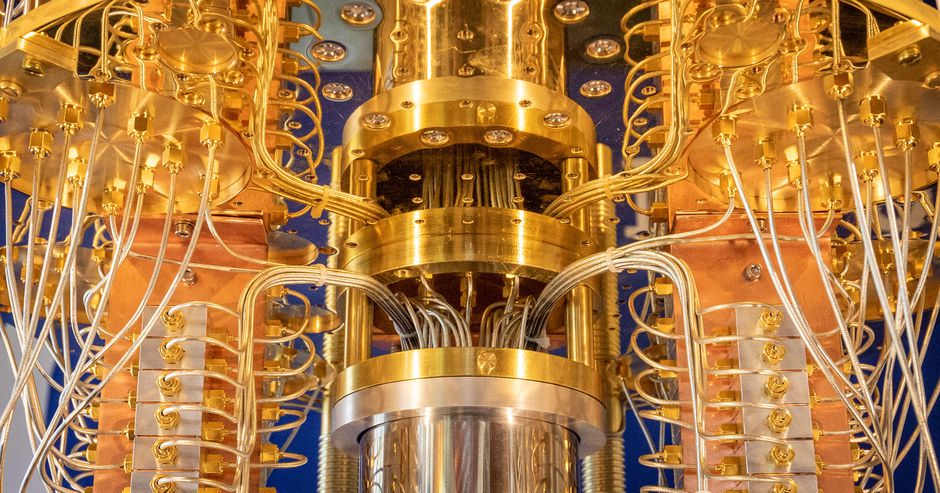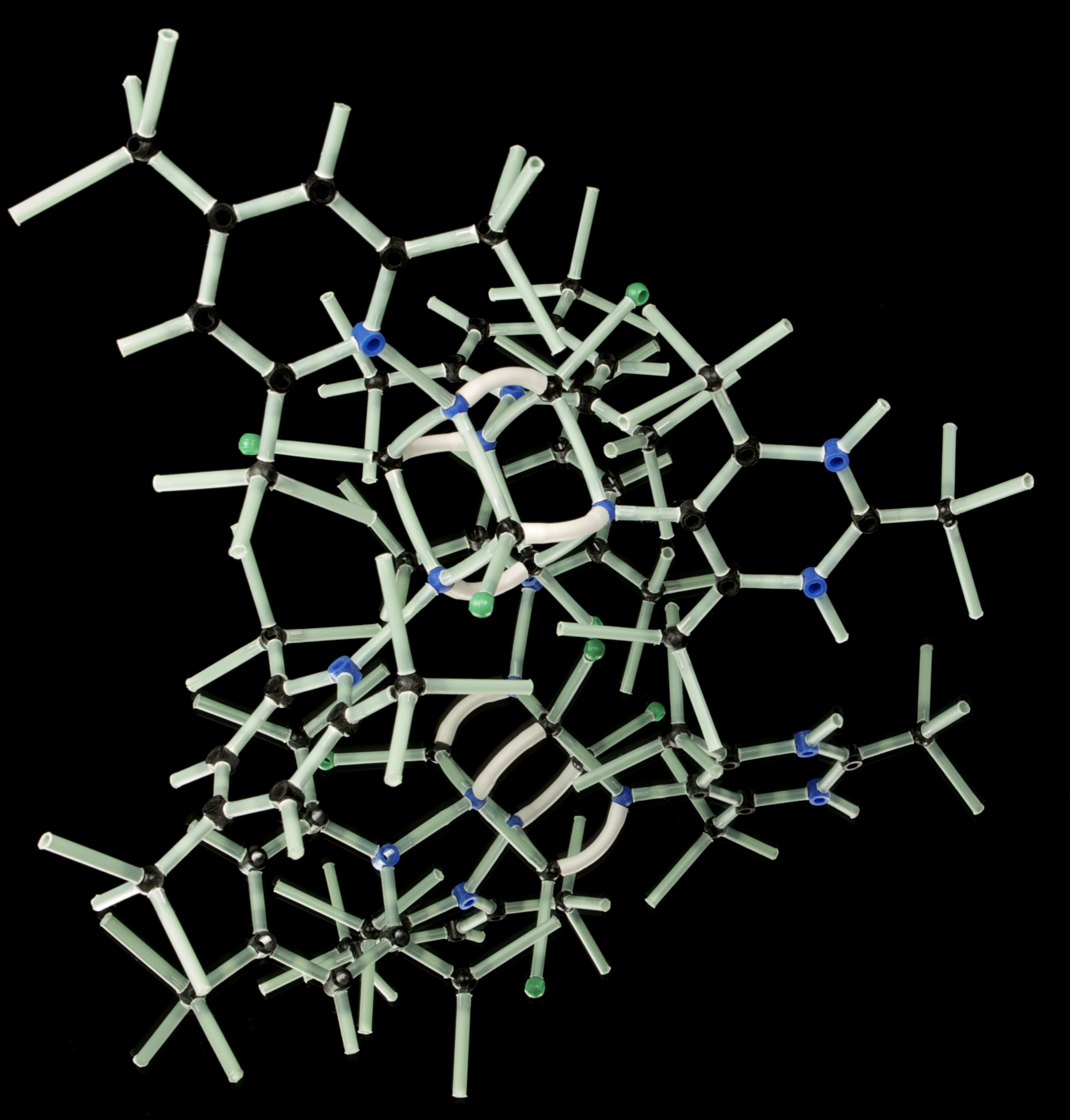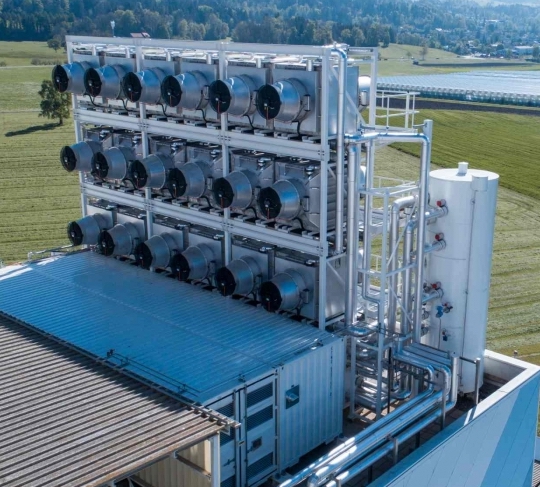
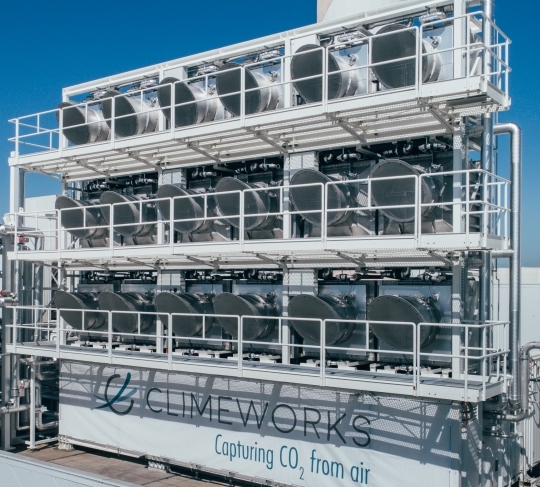
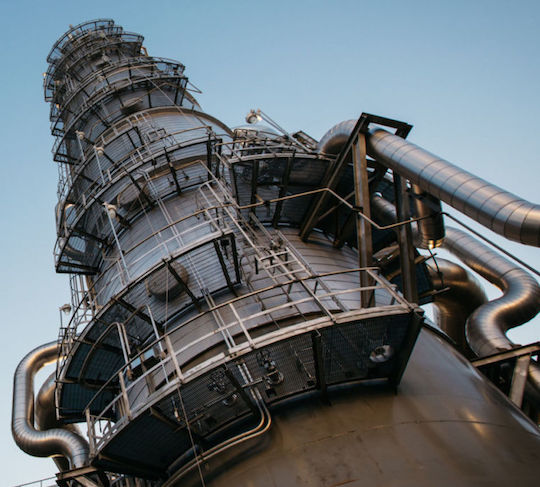
At Clean Air Q, we aim to leverage quantum machine learning to find a 10x more efficient catalyst to use in direct air carbon capture, ultimately creating a more scalable and cost-effective process to help billions worldwide.
Through advances in quantum computing, Clean Air Q is completely changing the game of direct air carbon capture by quickly and accurately calculate the intermediate energy levels in a carbon dioxide reaction.
Key Goals

